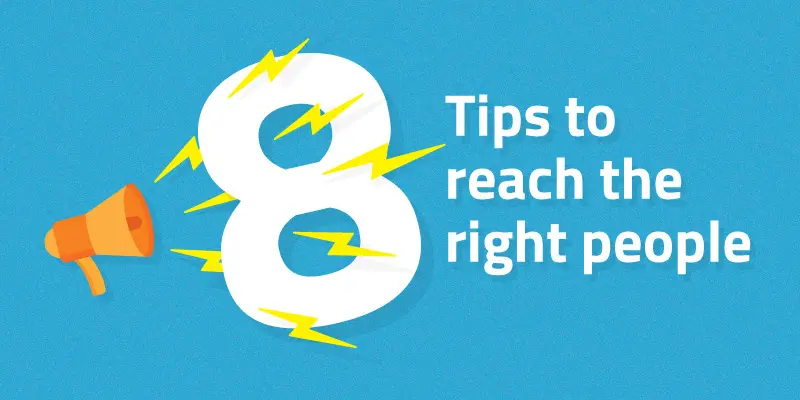Whether you’re developing a new residential masterplan, redesigning a transport network, or collecting ideas for a placemaking project, identifying the right stakeholder groups is an essential part of the planning process.
Put simply, stakeholder groups are any collection of people with a common relationship to your project or proposal. Sounds straightforward? It usually is, but sometimes the waters can be a little murky when it comes to which groups to make specific provisions for.
Engaging directly with stakeholder groups gives you the chance to build support, create consensus and bring a diversity of voices to your consultation. So how do you pick and choose the most relevant groups to engage with? Here are my top 8 tips.
Start with Your Organization and the Brief.
Unless you’re a one-person consultancy, the people you work with will often have an important contribution to make. Asking your immediate circle for input right at the start of a project can help to focus your questions and refine the consultation. It’s easy to overlook the obvious; draw on the ideas of the people around you and you’ll be surprised at how much clearer your ideas can become. There may be some specific groups you’re required to consult for legal or contractual reasons, like Indigenous groups or residents.
Look up Previous Consultations.
There’s no need to reinvent the wheel every time you need to conduct an engagement project! By referring to previously run consultations, even those done by other organizations, you can start to build up a list of people and entities to reach out to. This could be as simple as consulting your CRM system, combing through case studies, or speaking to a peer at another organization.
Define the 4 Core Categories: Organizations, Partners, Advocacy Groups and the Public.
By introducing a broad scaffold to your project you will be able to start the process of identifying stakeholder groups in a targeted and calculated way. Each of the 4 core categories have multiple groups within it and can help to direct your thinking. Start by dividing a page into quarters and putting 3 names in each category – you can add and subtract as your plan develops, but you need to start somewhere!
Select External Organizations to Reach out to.
Think about the organizations that will be directly impacted by the subject of the consultation. Are there businesses operating in the area? Will trade or transport be disrupted at any point during the project? Could the project impact a location’s tourism, cultural heritage, or utilities infrastructure? These questions will help to identify the organizations you need to treat as stakeholders.
Identifying Key Partners.
A partner here is a group involved in the actual administration of the project itself. It could be the Department of Transport that has hired you, the Minister’s office, or a public-private construction partnership. Partners and their interests should form a part of your engagement strategy, especially in large organizations where internal communication can spell the difference between a project that runs on time and on budget and a project that disintegrates into disaster.
Connecting with Advocacy Groups.
Advocacy groups are an essential player in legitimizing a consultation project. Although these groups may have a niche or specific interests in a project, they are a valuable and important source of community comment. The best way to identify community advocacy groups in an engagement project is to through serious research. That means hitting social networks, community groups, public forums and meetings, and trying to connect with any group that shares a border with your project in some way. The idea is to go broader than you need to – the more people who are in the loop, the better!
Don’t forget Non-humans!
Did you know a tiny spider can stop a highway? Or that a threatened coastal tree could stop the development of a waterfront precinct? Although many projects have a built-in environmental impact assessment, it’s important that you consider the groups and scientific community that represents these interests. Involve these interest groups in your stakeholder engagement plans, or your project could end up deadlocked against nature itself!
Ask Yourself “Who Could Stop This?”
You don’t have to sound like a super-villain, but it’s an important question ask. Some stakeholders groups – sometimes even individual people – have enough influence over a project that they could realistically thwart the whole thing if they are not included in a genuine way. Sometimes asking the question can lead you to think of groups you might have missed.
The most important thing to remember is planning and research are always the keys to success. Inclusive, comprehensive and methodical connections to the stakeholder groups you’ve discovered is the best way to get your consultation project off to the right start!
Have you already done your planning? Social Pinpoint can help you expand your participation and reach your stakeholder groups.












